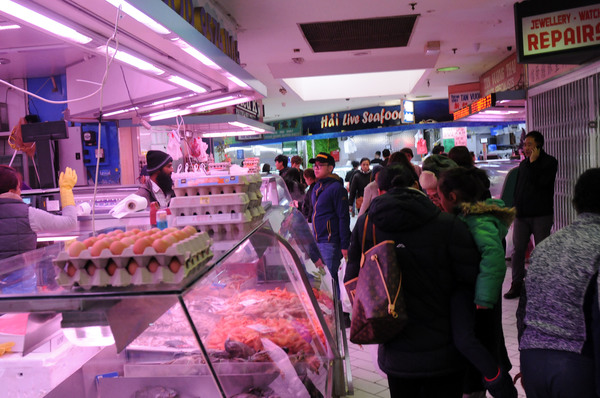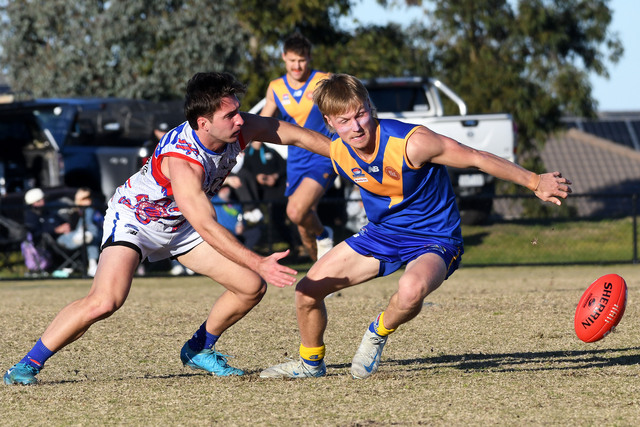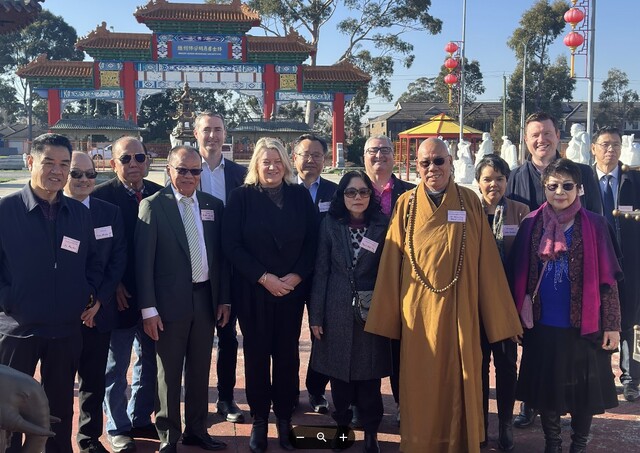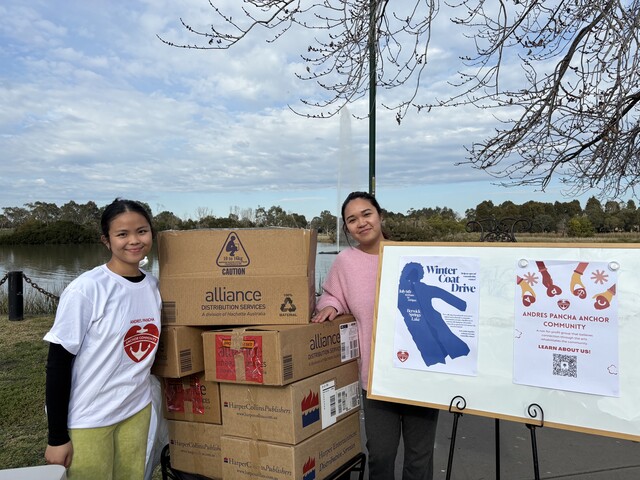Melbourne is famous for its café and coffee culture – but even Greater Dandenong locals may be surprised to know that Springvale was one of the first places outside of the big smoke that you could get a proper cappuccino.
A walking tour of the town on Monday 27 May, organised by the City of Greater Dandenong, gave a glimpse into life in Springvale and how successive waves of migration have shaped it into the cultural melting pot it is today.
Long known for its bustling migrant community, Springvale has always been a stopping place. In fact, its name is said to be derived from the natural springs that exist in the area, making it attractive for travellers moving between Melbourne, Dandenong and Gippsland in the early days of European settlement.
Prior to that, the area was populated by the traditional owners of the land, the Bunurong community. European settlement saw their numbers dwindle from about 3000 to approximately 30.
Springvale’s growth has been spearheaded by global affairs, as migrants settled in Australia after upheaval in their homelands. Springvale Road in particular is a barometer of the change experienced as shops have opened and shut with the times.
Post World War One and Two, many of the migrants making their new home in Springvale were from European countries, like Italy and Greece. Springvale was an affordable place to live, with plenty of opportunities to work nearby as Dandenong’s manufacturing precinct swelled. Soon, the main road was dominated by Italian cafes, hairdressers and even a nightclub. A Greek community centre still exists today. Migrant communities have made their mark through the places of worship, with spires and crosses dominating the skyline.
The fall of Saigon saw Vietnamese, Cambodian and Laos migrants make the journey to Melbourne’s south east. The Enterprise Migrant Hostel, set up by the federal government in 1970, saw over 30,000 migrants and refugees pass through its doors over 20 years and housed them for up to six months while they found their feet in a new town.
Karl Lim is one of the Cambodian migrants whose family settled in Springvale.
His family left Cambodia during the war when he was one; they fled into the jungle and eventually made it to Thailand, where they were stuck in a refugee camp for five and a half years before being sponsored to come to Australia.
Now a sought-after volleyball coach, Mr Lim is grateful for the opportunities afforded him by his own high school volleyball coach who gave a number of migrant students the opportunity to try something new – a sport that eventually became his passion and profession.
Together with his mother, Mr Lim also opened a number of restaurants and food shops, including a bakery. He is also heavily involved in promoting the food and culture of Springvale through food tours and sharing his story.
“When you come from somewhere poor, you see how good it is here,” Mr Lim said on the tour.
“All these things I’ve got, I’ve got by being in Australia.”
Nowadays, the heart of Springvale is dominated by Asian-style arcades with an eclectic mix of fish shops, butchers and jewellers. Fresh food is in abundance.
Census data indicates more than 60 per cent of people in the area come from a non-English speaking background. The Burmese community is among the latest to be drawn to the area – a land of change and plenty, where a community has sprung so organically naturally.












